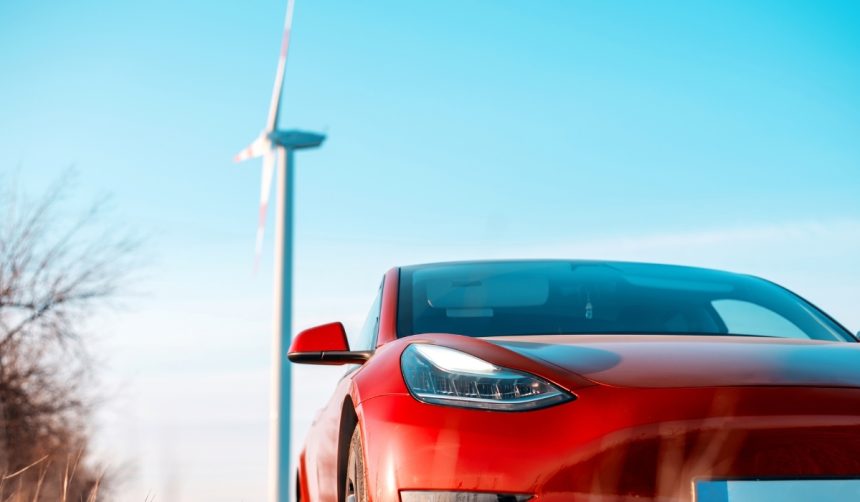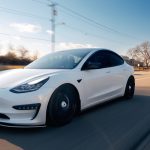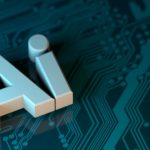Tesla’s pursuit of robotics innovation is being tested as the company approaches a significant milestone with its humanoid robot, Optimus. While Optimus has demonstrated progress in motor skills such as walking and performing service tasks, the complexity of replicating the dexterity of the human hand has emerged as a key obstacle. Engineers at Tesla are closely examining the intricate structure of the human hand, which Musk describes as a marvel of design, in hopes of better equipping their robot to carry out diverse activities. This challenge highlights the broader difficulties faced by robotics companies as they attempt to create machines that can function in environments built for humans. Investors, the tech community, and robot enthusiasts are watching closely to see how Tesla overcomes this hurdle, as it could shape the direction of commercial robotics. Speculation about the prototype’s mechanical hands has surfaced, especially after Tesla presented versions with mannequin-like appendages, signaling the company’s ongoing adjustments.
Recent public appearances of Optimus have sparked conversations across the tech world; previous updates on Tesla’s advancements in robotics showcased incremental improvements, mainly in locomotion and general behavior. However, earlier demonstrations often featured incomplete or non-functional limb prototypes, especially hands, inviting both skepticism and intrigue about the pace and practicality of development. Tesla’s consistent transparency in sharing both achievements and setbacks offers a clear look at the technical hurdles inherent in building a multi-purpose humanoid robot, something that rarely existed in similar disclosures from other companies venturing into robotics. Observers note that previous efforts to produce robotic hands offered limited dexterity and lacked the variety of movement, making Tesla’s continued investment in refining this area notable among industry peers.
What Makes the Human Hand So Challenging for Engineers?
The structure of the human hand, with its four fingers and opposable thumb, presents a high bar for engineers. The design includes nuanced degrees of freedom that allow for complex grasping, subtle movements, and variations in strength. Musk elaborated on the engineering challenges, emphasizing,
“Making the hand and forearm, because most of the actuators, just like the human hand, the muscles that control your hand are actually primarily in your forearm. The Optimus hand and forearm is an incredibly difficult engineering challenge. I’d say it’s more difficult than the rest of the robot from an electromechanical standpoint.”
This complexity underscores why Tesla has used placeholder hands during prototype showings as engineers continue to refine the mechanical and electronic systems needed for a practical solution.
How Close Is Tesla to Completing the Optimus Project?
According to statements made during the company’s Q3 2025 earnings call, Tesla believes it is nearing completion of its ambitious goal. CEO Elon Musk assured analysts and the public that meaningful progress has been made regarding the robot’s critical hand and actuator systems, while reiterating the difficulties involved.
“I don’t want to downplay the difficulty, but it’s an incredibly difficult thing, especially to create a hand that is as dexterous and capable as the human hand, which is incredible,”
Musk stated, pointing to regular collaboration with the Optimus design team as a key factor in overcoming challenges. Despite this optimism, Tesla has not confirmed when a fully operational prototype with functioning hands will be ready for public demonstration or commercial use.
Will Tesla’s Approach Influence the Robotics Industry?
Tesla’s persistent focus on function and adaptability, especially in the development of Optimus’s hands, will likely impact the broader field of robotics. The ability to construct a hand capable of human-like tasks would demonstrate that complex dexterity is achievable in commercial robots, encouraging competitors to push boundaries in similar ways. By addressing and publicly discussing technical barriers, Tesla sets expectations both for itself and the industry, opening pathways for collaborative advancement or competitive innovation as companies race toward more useful humanoid machines. The choices Tesla makes in both mechanical and software design could become reference points for future projects worldwide.
Tesla’s efforts with the Optimus bot show the intricate interplay between robotics engineering, practical usability, and commercial ambition. While replicating the human hand is a major stumbling block, sustained commitment and transparency suggest the company is determined to deliver tangible results, even if timelines remain uncertain. Others in the robotics arena can glean insight from Tesla’s candid assessment of the challenges in electromechanical design. Those interested in robotics, whether investors, engineers, or enthusiasts, should note the emphasis on incremental progress and real-world testing. Ultimately, Optimus offers a case study in how innovation often progresses one difficult detail at a time, with each setback informing the next advance. Those following advances in humanoid robotics may wish to track developments not only at Tesla but in parallel projects across the globe, as efforts to master dexterous manipulation remain central to realizing robots that can perform a wide range of human tasks.
- Tesla faces challenges creating Optimus bot’s dexterous hand and forearm.
- Company uses mannequin hands until a functional design is achieved.
- Progress on the hand is crucial for Optimus’s practical capabilities.










